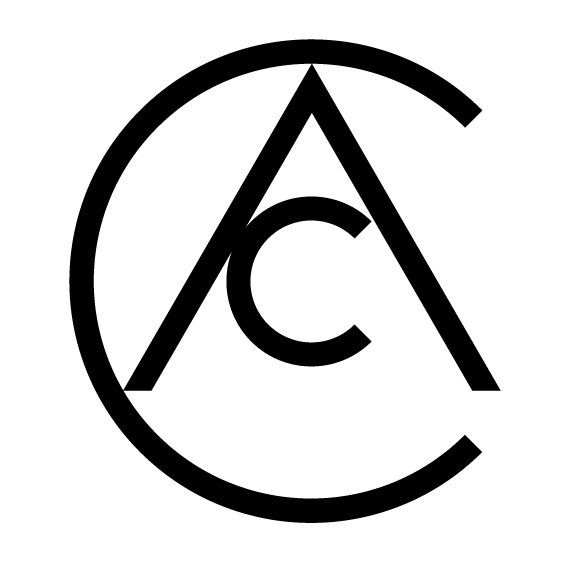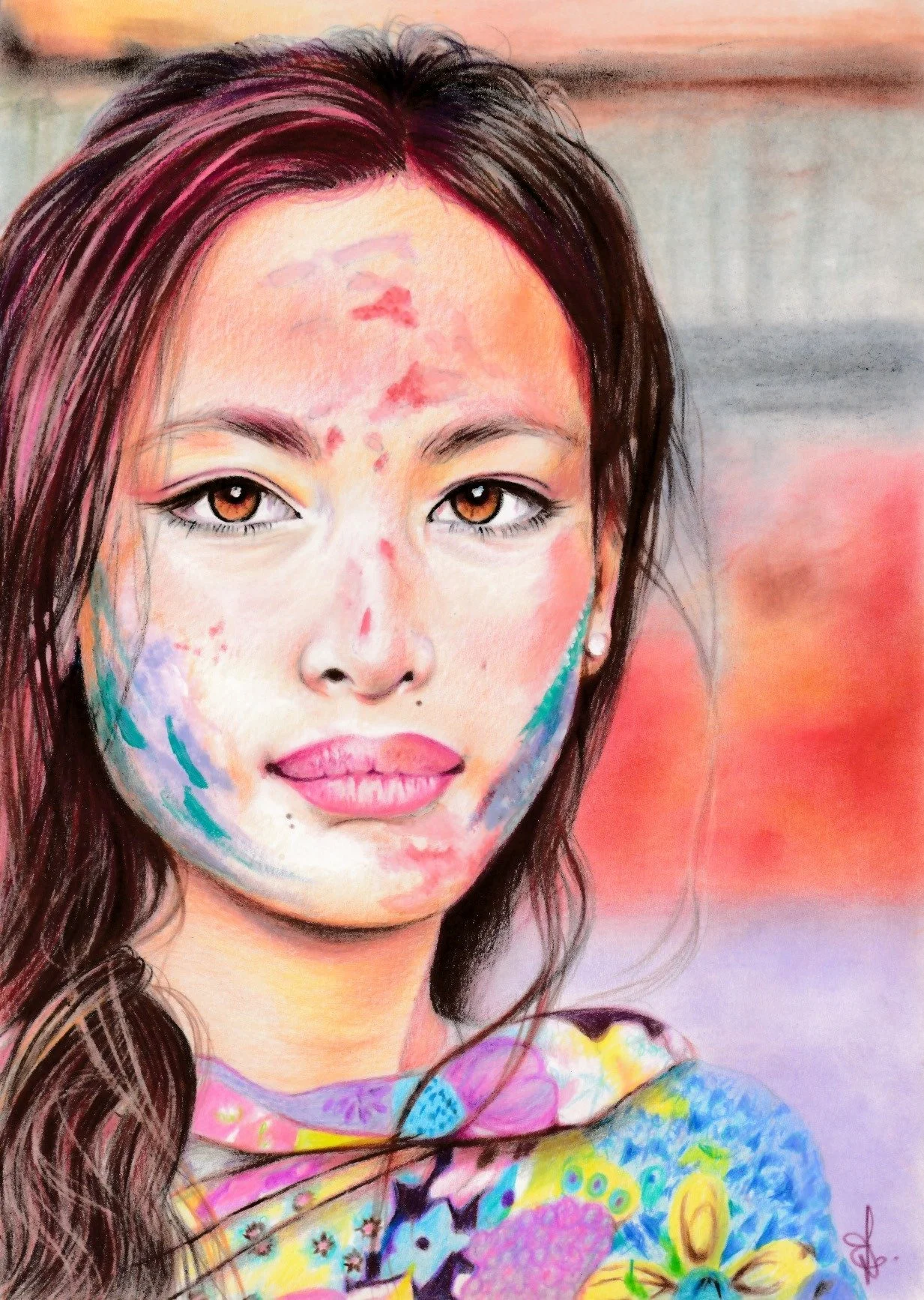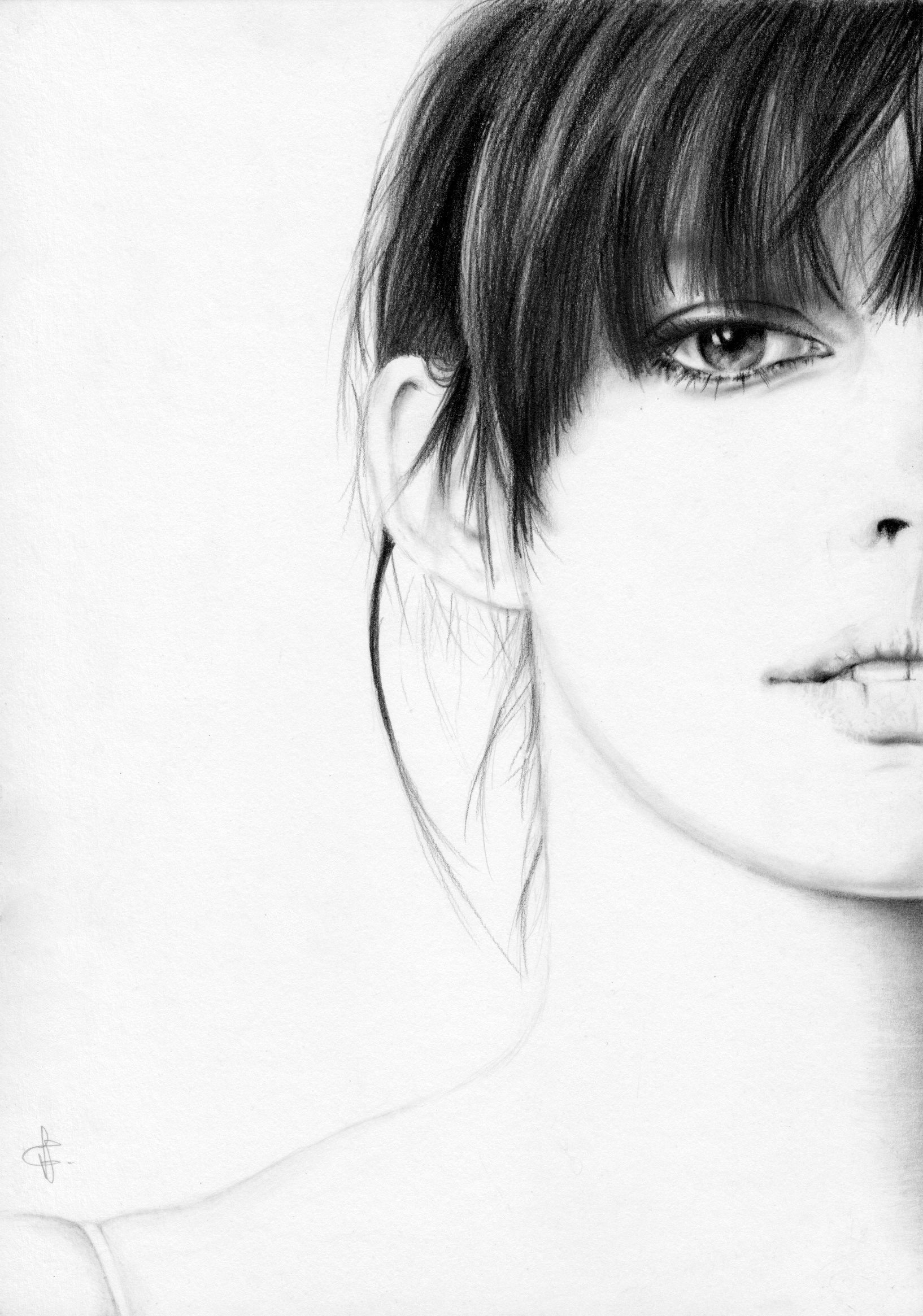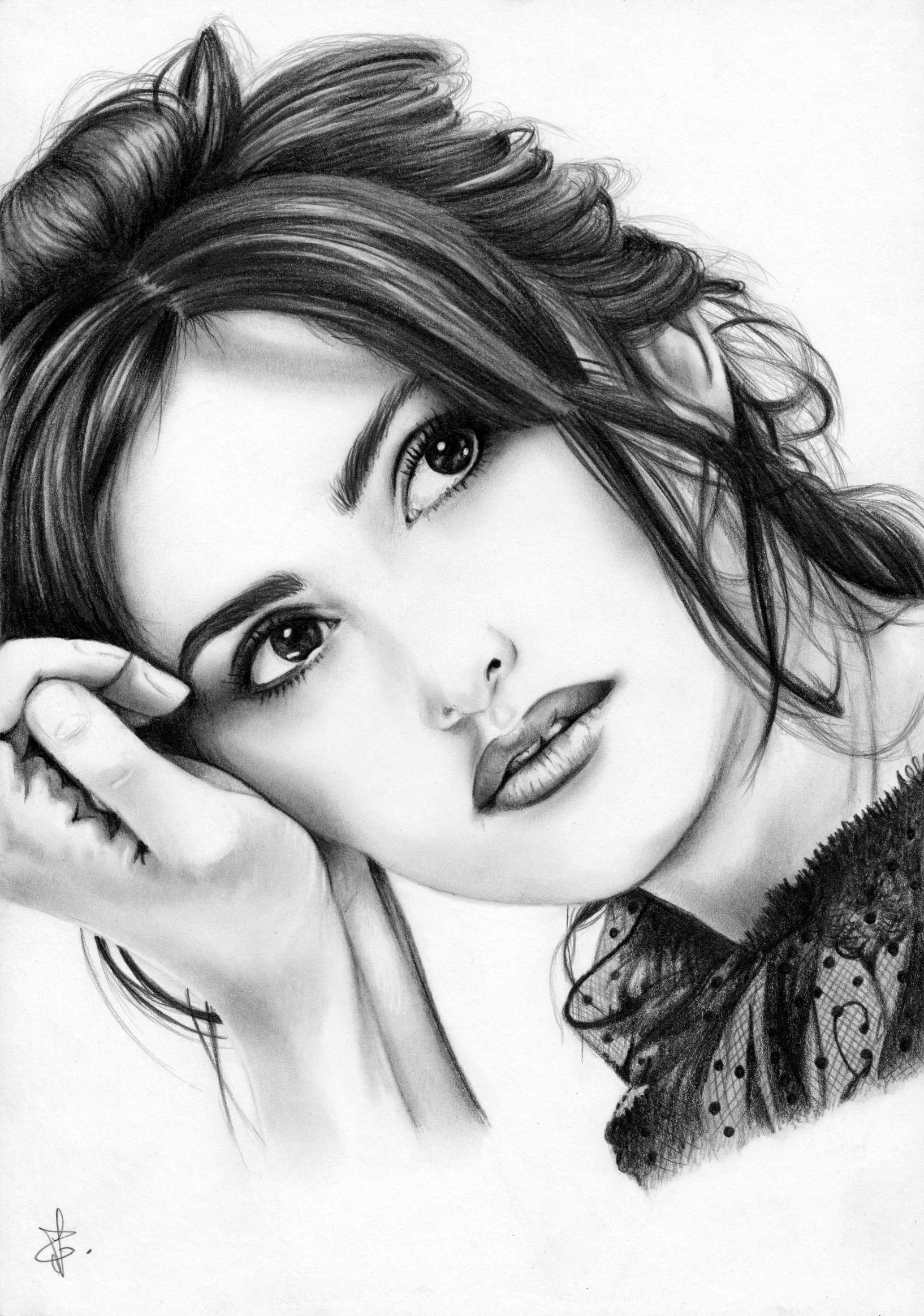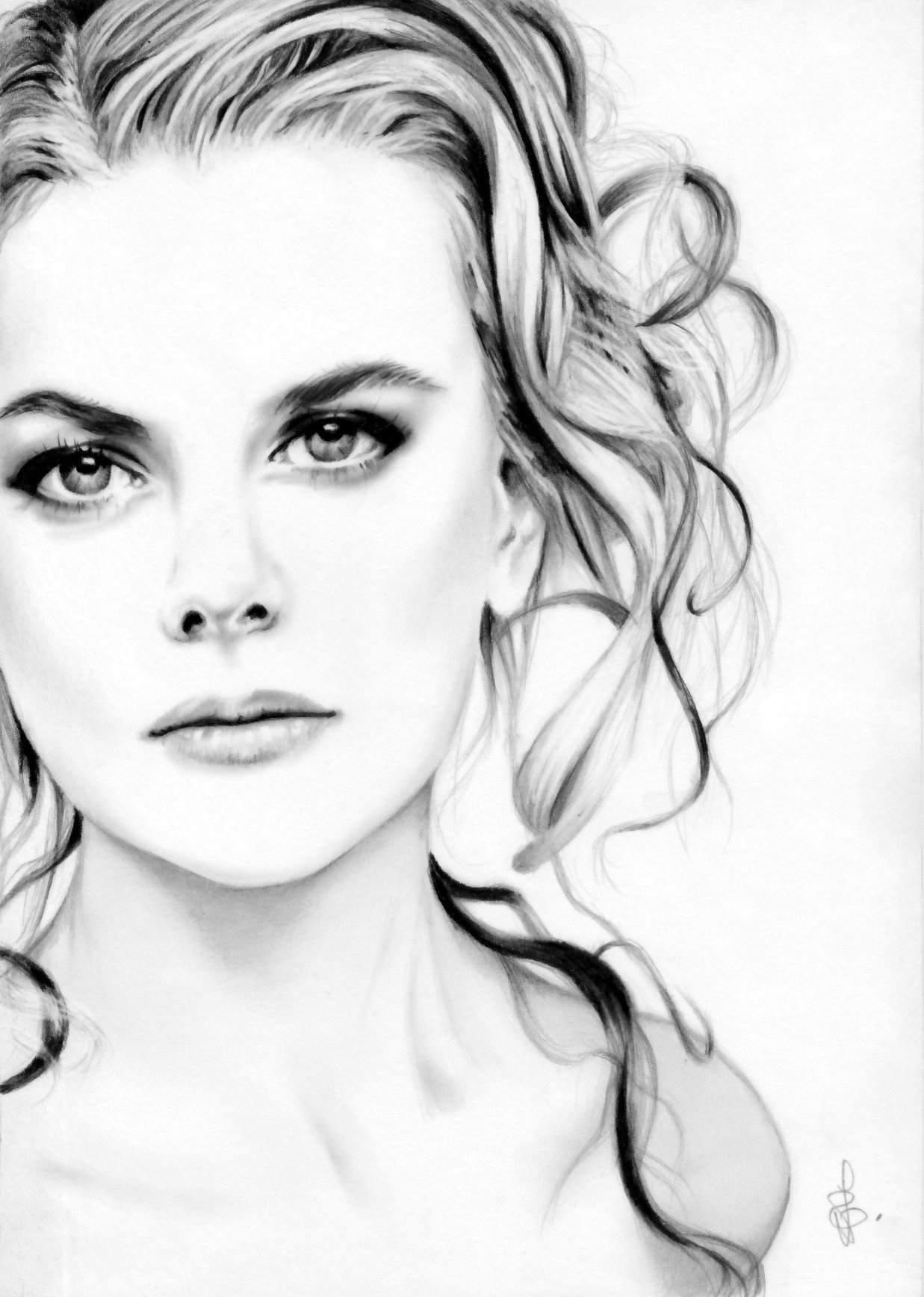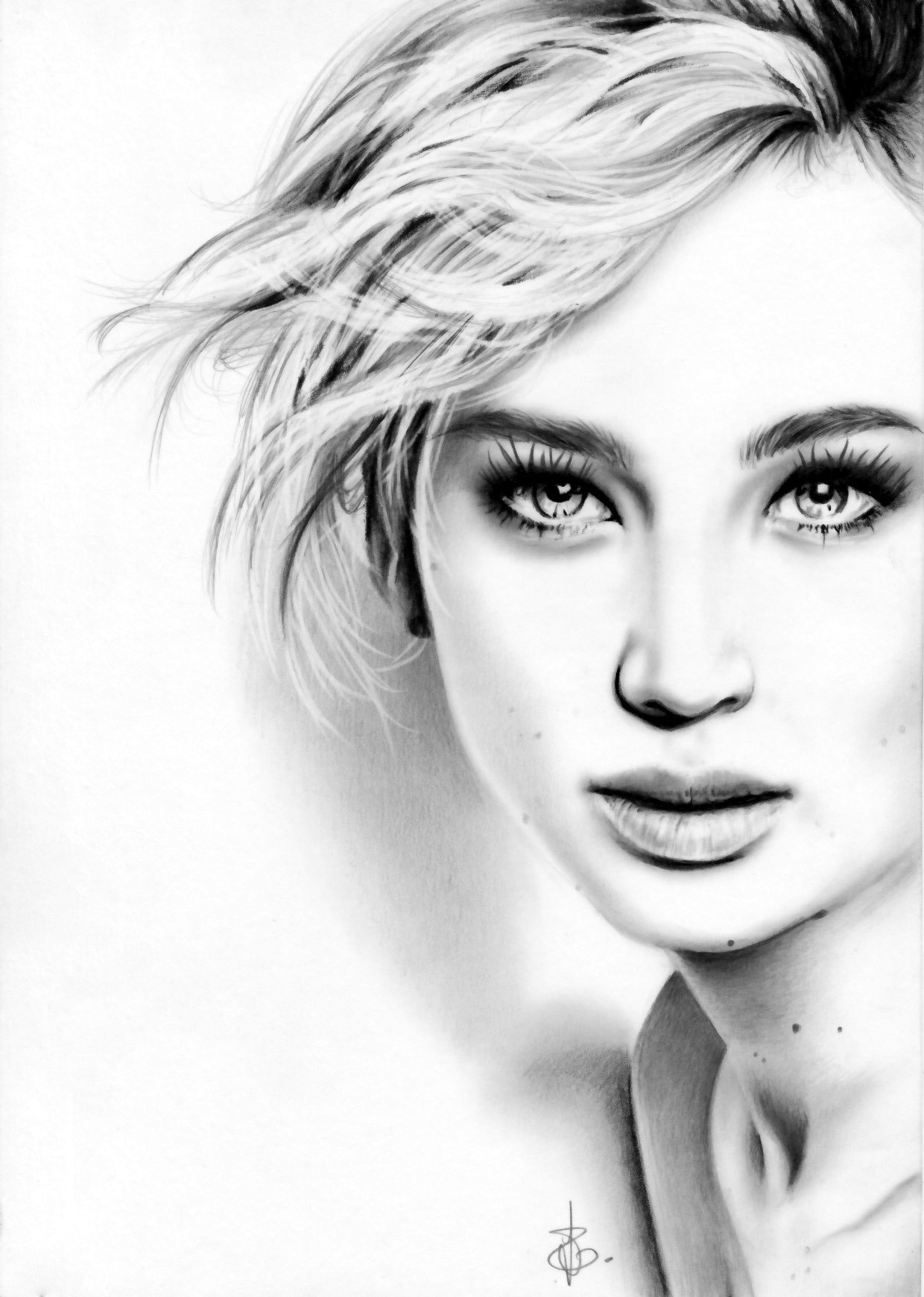Laura Taccani
In the contemporary art scene, the graphite portraits of Laura Taccani stand as delicate yet profound explorations of human identity, representation, and perception. Her work traverses the space between meticulous draftsmanship and emotional evocation, a duality that situates her at the nexus of classical portraiture and contemporary minimalist aesthetics. Taccani, with her distinctive artistic voice, embodies a form of portraiture that refuses to settle within the confines of tradition, instead gesturing toward a broader, more intuitive understanding of the human visage.
Taccani’s use of graphite as her primary medium aligns her work with a lineage of monochromatic exploration, evoking comparisons to past masters such as Jean-Auguste-Dominique Ingres. Ingres’s pencil drawings, celebrated for their precision and sensuality, serve as a historical echo in Taccani’s oeuvre. However, while Ingres sought completeness, Taccani embraces incompleteness. Her deliberate omissions—the unfinished contours of a face, the expansive negative space framing her subjects—engage the viewer’s imagination, inviting a participatory act of completion.
Her artist statement underscores this intentionality: “Some contours of the faces are not intentionally drawn and leave room for the intuition of the viewer.” This minimalist approach, rather than subtracting from the emotional depth of her portraits, enhances it. The absence of detail in certain areas becomes a silent language, one that speaks to the ephemeral and fragmented nature of human identity. In this regard, Taccani aligns herself with contemporary minimalists while simultaneously pushing the boundaries of their aesthetic ethos.
At the heart of Taccani’s practice lies an unwavering focus on the human gaze. The eyes, rendered with exquisite detail and clarity, dominate her compositions. They are, as she describes, “the mirror of the soul.” This emphasis on the gaze places her work in dialogue with feminist art criticism, particularly the writings of Laura Mulvey, who interrogates the role of the gaze in constructing and deconstructing the feminine subject. Taccani’s portraits reclaim the gaze from objectification, transforming it into a site of profound emotional and psychological engagement.
Each subject’s eyes exude a quiet intensity, drawing the viewer into an intimate exchange. In works such as Nicole(2019) and Anne (2019), the gaze operates as a threshold between the viewer’s reality and the subject’s interior world. The precision of her graphite strokes, combined with her ability to imbue her subjects with a lifelike presence, elevates these portraits to a realm beyond mere representation—they become emotional landscapes.
Taccani’s rejection of symmetry—a hallmark of traditional portraiture—is a radical gesture. The cropping of her compositions, the asymmetrical placement of her subjects within the frame, and the vast expanses of untouched paper evoke a sense of incompleteness that mirrors the fragmented nature of modern identity. This departure from convention recalls the works of Egon Schiele, whose portraits similarly challenged the viewer’s expectations of wholeness and perfection.
However, where Schiele’s distortions often conveyed existential angst, Taccani’s asymmetry feels contemplative and serene. It is as if her portraits are suspended in a liminal space, inviting the viewer to linger in the unresolved tension between presence and absence. This interplay is particularly evident in Marilyn and the Cat (2017), where the subject’s face is partially obscured by a feline companion. The composition challenges the viewer to reconcile the interplay of human and animal, intimacy and mystery.
Beyond her mastery of the gaze, Taccani’s attention to texture imbues her portraits with a tactile quality that transcends the visual. The “impression” of lace, velvet, or jewelry—rendered with painstaking detail—becomes a narrative device, hinting at the identities and histories of her subjects. In works such as Penelope (2021) and Jennifer (2022), the texture of fabric and adornment serves as an extension of the subject’s personality, offering glimpses into their inner lives.
This focus on texture also speaks to Taccani’s background in illustration and decorative arts, disciplines that prioritize detail and surface. Yet, in her portraits, these elements are not mere embellishments; they are integral to the storytelling. The interplay of soft graphite strokes and sharp details mirrors the duality of human experience—fragile yet resilient, simple yet intricate.
While Taccani primarily works in black and white, her occasional use of color introduces a subtle yet impactful disruption. Works like Tu me fais tourner la tête (2022) and Colors (2022) incorporate colored pencils and pastels, blending traditional and contemporary techniques. The interplay of muted hues against stark graphite creates a visual tension that heightens the emotional resonance of her portraits.
This integration of color into her predominantly monochromatic practice signals Taccani’s willingness to evolve and experiment. It also positions her within the broader context of contemporary art, where the blending of mediums and styles is celebrated as a hallmark of innovation.
Taccani occupies a unique position in the contemporary art scene, where her minimalist approach to portraiture distinguishes her from both hyperrealists and traditionalists. Her work resonates with the introspection of artists like Jenny Saville while maintaining the graphic sensibility of illustrators like Aubrey Beardsley. Yet, Taccani’s art is neither derivative nor imitative; it is singular in its vision.
In the art market, her meticulous craftsmanship and emotional depth appeal to collectors who value both technical excellence and conceptual rigor. Her ability to navigate the space between fine art and graphic design broadens her appeal, making her work accessible to a diverse audience. Furthermore, her portraits, with their emphasis on the feminine gaze and fragmented identity, align with broader cultural conversations around gender, representation, and the self.
In many ways, Taccani’s portraits can be seen as a continuation of the unfinished works of past masters, from Leonardo da Vinci’s St. Jerome to Michelangelo’s Prisoners. Like these historical precedents, her portraits embrace incompleteness as a conceptual and aesthetic strategy. However, Taccani’s work is not merely an homage to the past; it is a reinvention of the unfinished as a site of contemporary relevance.
Her minimalist technique, focus on the gaze, and integration of texture and color combine to create a body of work that is as intellectually rigorous as it is emotionally evocative. In Laura Taccani, the art world has found an artist who not only upholds the traditions of portraiture but also redefines them for the 21st century.
Laura Taccani’s graphite portraits are a testament to the power of restraint and the richness of minimalism. By leaving spaces open for the viewer’s intuition, she creates works that are as much about perception as they are about representation. Her emphasis on the gaze, her rejection of symmetry, and her meticulous attention to detail place her at the forefront of contemporary portraiture.
In her ability to balance the personal and the universal, the finished and the unfinished, Taccani’s work stands as a profound exploration of what it means to be human. She is not merely an artist of the present; she is an artist of timeless relevance, whose portraits will continue to captivate and inspire for generations to come.
Laura Taccani’s graphite portraits are a testament to the power of restraint and the richness of minimalism. By leaving spaces open for the viewer’s intuition, she creates works that are as much about perception as they are about representation. Her emphasis on the gaze, her rejection of symmetry, and her meticulous attention to detail place her at the forefront of contemporary portraiture.
Moreover, Taccani’s ability to engage with the viewer on both an emotional and intellectual level solidifies her as a truly unique voice in contemporary art. Her art bridges gaps—between past and present, between traditional portraiture and minimalist abstraction, and between technical mastery and evocative storytelling. She demonstrates that art need not shout to be heard; it can whisper, leaving room for introspection and quiet discovery.
Her portraits invite us not only to look but to see, to linger in the spaces she leaves intentionally unresolved. This approach speaks to the fragmented and multifaceted nature of human identity in the modern age, resonating deeply with contemporary cultural discourses around subjectivity and representation. In this way, Taccani’s work transcends the realm of mere portraiture, becoming a meditation on the human condition.
As her body of work continues to evolve, Taccani is poised to leave a lasting imprint on the art world. Her synthesis of technical rigor, conceptual depth, and emotional resonance ensures that her art will remain relevant for years to come. She has carved out a place not only as a contemporary master of graphite but as a visionary artist whose work encapsulates the complexities of our time.
By Marta Puig
Editor Contemporary Art Curator Magazine
Anne, 2019. Graphite on smooth white cardboard. 21x29,7cm.
Karoline, 2020. Graphite on smooth white cardboard. 21x29,7cm.
The Beauty, 2018. Graphite on smooth white cardboard. 29,7x21cm.
Penelope, 2021. Graphite on smooth white cardboard. 21x29,7cm.
Claudia, 2021. Graphite on smooth white cardboard. 21x29,7cm.
Colors, 2022. Colored pencils and pan pastels on smooth white cardboard. 21x29,7cm.
Marilyn and the Cat, 2017. Graphite on smooth white cardboard. 21x29,7cm.
Nicole, 2019. Graphite on smooth white cardboard. 21x29,7cm.
Tu me fais tourner la tete, 2022. Graphite and colored pencils on smooth white cardboard. 21x29,7cm.
Jennifer, 2022. Graphite on smooth white cardboard. 21x29,7cm.
